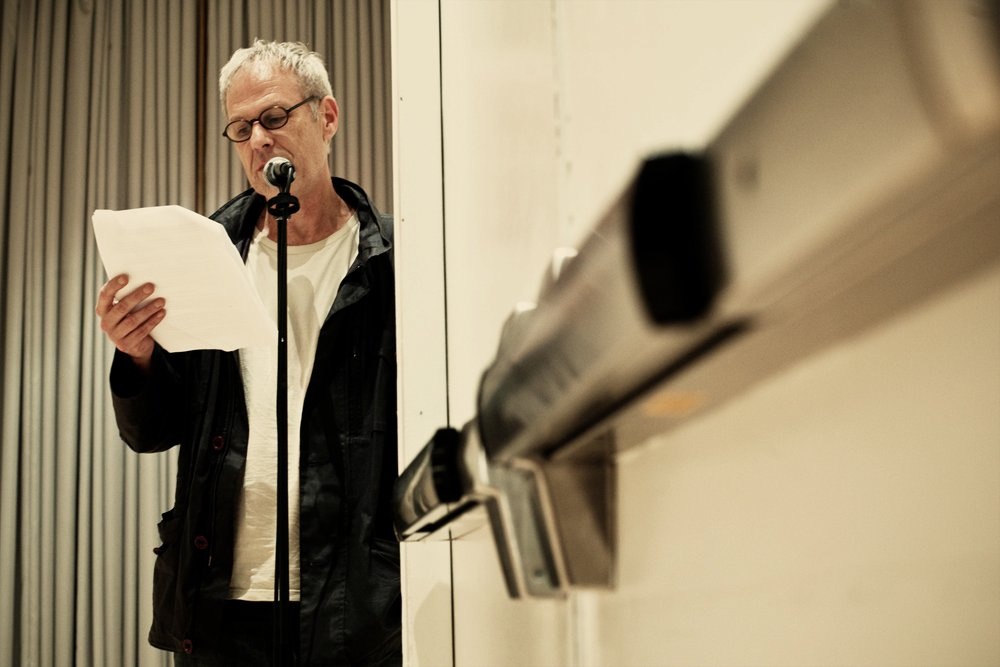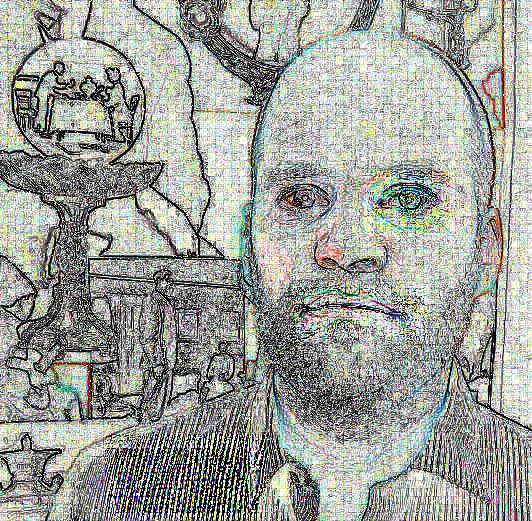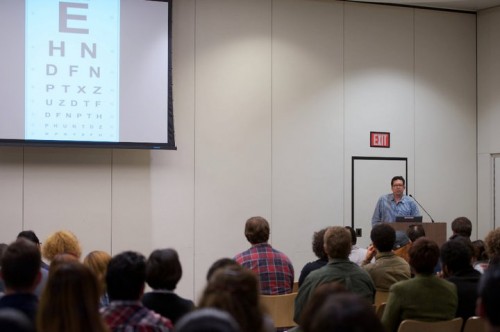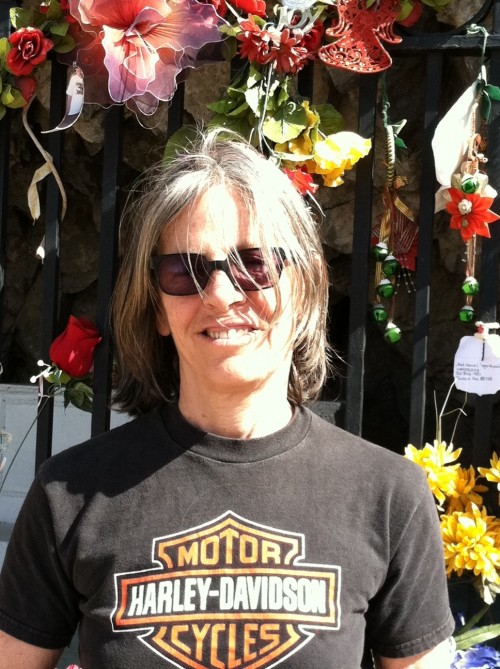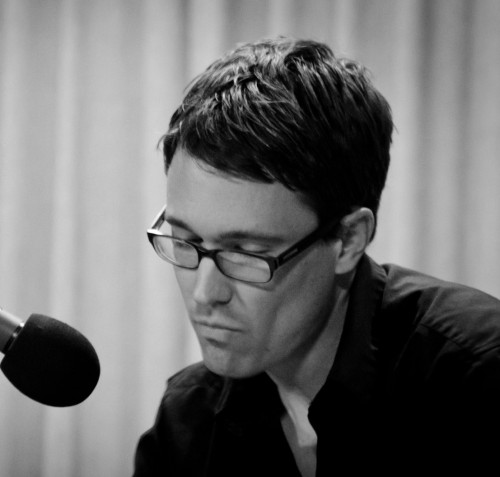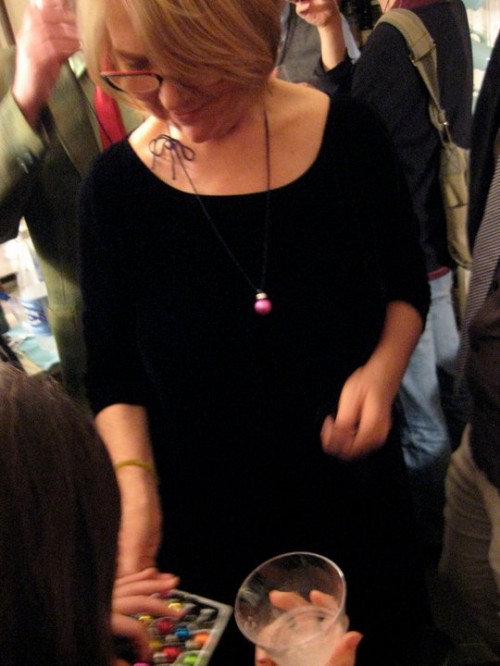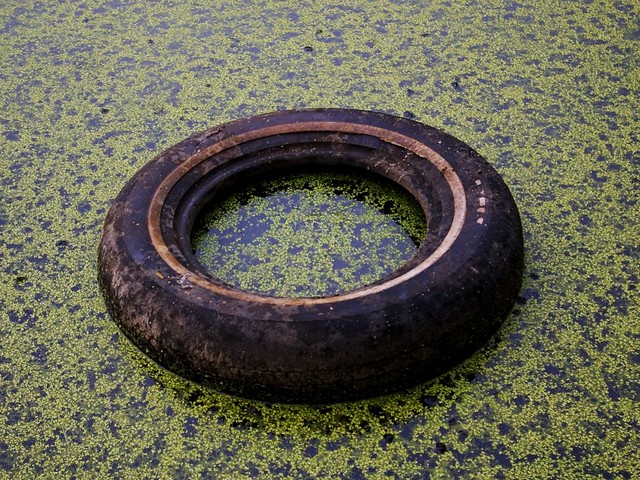
"Pond Scum" by Bill Benzon
I love Benzon’s photos of pond scum, especially because many of them feature manmade objects amidst the polluted water, which creates an interesting tension between the living and the dead. The juxtaposition of “nature” and “industry” also appeals to me. Bio and synthetic. Both are contagions. Neither are innocuous. Alone they seem dormant, put together they seem toxic. Or at any rate, they seem removed from humanity, forgotten, neglected, afloat in their own private universe. I’m beginning to think of “the avant-garde” synonymously: both living and dead: undead. Or more precisely, not-human, inhuman, unhuman, or as a kind of desire to dehumanize.
Conversation is cracking over at Montevidayo lately on the topic of “the avant-garde.” I tried to join in by offering some preliminary ideas about the connection between the avant-garde and dehumanization. But then other obligations got the best of me and I fell out of the conversation. Then, in the comment section of an interview I did with Noah Cicero over at WWAATD, I responded to questions by Stephen Tully Dierks and tried to extend some of these ideas by showing their application via specific literary texts (Beckett, Barnes, and Burroughs).
All of this to say, I figured maybe I’d do a thinking-out-loud post here on the topic.
READ MORE >


